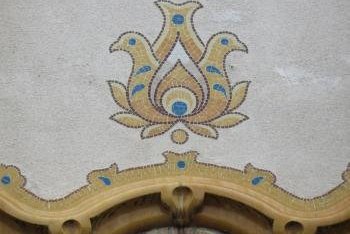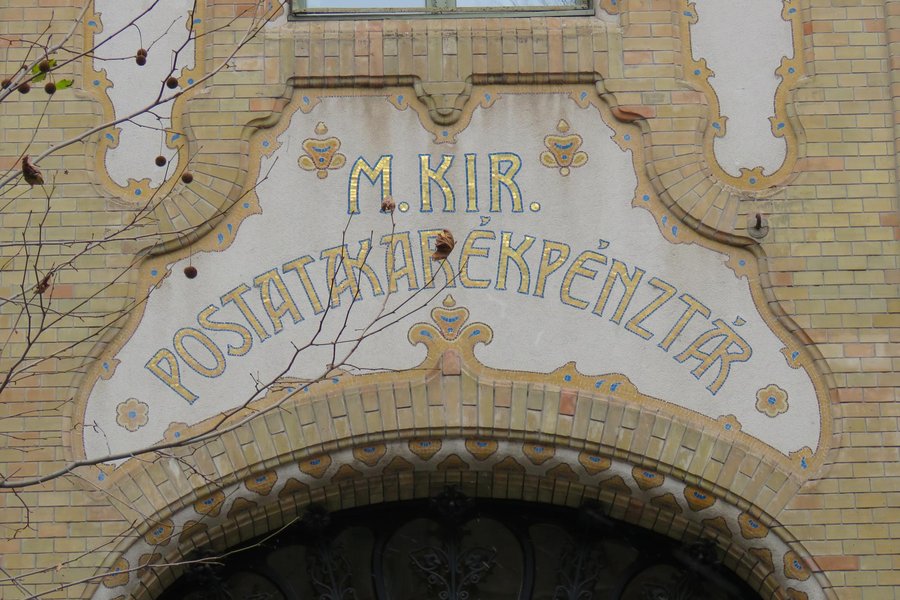Hungary
Ödön Lechner's independent pre-modern architecture
Ödön Lechner’s independent pre-modern architecture comprises five of his works in Hungary.
He had an individual style, mixing western and eastern architecture with an eye for the vernacular tradition. He is seen as one of the early representatives of the Hungarian Secession movement (late 19th, early 20th century). One of the included works is the City Hall of Kecskemét, which he designed after being selected in a competition.
Site Info
Official Information
- Full Name
- Ödön Lechner's independent pre-modern architecture (ID: 5366)
- Country
- Hungary
- Status
-
On tentative list 2008
Site history
History of Ödön Lechner's independent pre-modern architecture
- 2008: Added to Tentative List
- Added to tentative list
- Type
- Cultural
- Criteria
Links
- UNESCO
- whc.unesco.org
All Links
UNESCO.org
- whc.unesco.org — whc.unesco.org
Community Information
- Community Category
- Secular structure: Civic and Public Works
Travel Information
Recent Connections
News
No news.
Recent Visitors
Visitors of Ödön Lechner's independent pre-modern architecture
- Adrian Turtschi
- Afshin Iranpour
- Alexander Lehmann
- Argo
- Artsybrea
- Assif
- Astraftis
- Attiska
- Can SARICA
- Christoph
- Csaba Nováczky
- CugelVance
- Daniel Chazad
- David Berlanda
- Dimitar Krastev
- Dreamcatcher
- Els Slots
- Erik Jelinek
- Errol Neo
- FK
- Frédéric M
- FS
- gautamiyer23
- George Gdanski
- Hadrianus
- Hammeel
- Hasco
- henrik_hannfors
- Hubert
- Ilya Burlak
- Ingrid
- Jakob F.
- Janina Lehmann
- Jonas Kremer
- kutasp
- Lisu Marian
- Luboang
- Marton Kemeny
- nan
- Patrik
- Philipp Peterer
- Pincze
- Porcho
- Remigiusz
- Rodinia
- Sebasfhb
- shoaibmnagi
- Stan
- Stanislaw Warwas
- StaziG
- Szabolcs Mosonyi
- Szabo Viktoria
- Szucs Tamas
- Tamara Ratz
- Tcchang0825
- Thomas Buechler
- Thomas van der Walt
- Vanessa Buechler
- Veronica
- WalGra
- Walter
- Westwards
Community Reviews
Show full reviewsIlya Burlak
Ödön Lechner's independent pre-modern architecture
Ödön Lechner's independent pre-modern architecture (On tentative list)

All of my research ahead of the trip to Budapest last November suggested that you cannot visit either the Postal Saving Bank or the State Geological Institute. The Museum of Applied Arts remains under renovation; Els mentioned that seven years ago and nothing changed - in fact, a taxi ride took me by the museum building, and its facade is covered in painted cloth that conceals the scaffolding. So, a visitor to Budapest who wants to see Ödön Lechner's architecture is limited to exterior views of a couple of buildings.
I did stop by the Postal Savings Bank, as it is located centrally enough to be easily reached on any walkabout itinerary. There is a notice by the entrance sternly advising passersby that only the employees can enter. I am not above disregarding such notices when an opportunity presents itself, but a reception desk on the first landing visible through the inner door suggested that I was unlikely to proceed far, and I did not try.
The building is lovely enough from the front, as is its green roof, which is best seen from the dome terrace of St. Stephen's Basilica (especially through a telescopic photo lens). But I have a strong aversion to the concept of a World Heritage property that is not available for the world to properly visit and admire. On the limited available evidence, I can't see how this tentative site is worth an inscription.
Keep reading 0 commentsEls Slots
Ödön Lechner's independent pre-modern architecture
Ödön Lechner's independent pre-modern architecture (On tentative list)

On my way back home from Pécs I had a few hours to spare in Budapest. As I had been to the Budapest WHS already, I had a look at Hungary’s Tentative List for something else worthwhile to visit. And yes: there’s another site in Budapest waiting to be included in the WH List. Ödön Lechner's independent pre-modern architecture comprises 5 buildings, of which 4 are in the Hungarian capital. Given my limited time and the freezing weather, I focused on the 2 easiest of this batch: the Postal Savings Bank and the Museum of Applied Arts.
Ödön Lechner was a Hungarian architect of the late 19th and early 20th century. Coming from a family that owned a brick factory (which engrained a love for ceramic materials), his artistic education occurred in Paris and London. He lived in both cities for a few years, and there became acquainted with Art Nouveau and the Arts & Crafts Movement. Returning to Hungary and inspired by these modern developments, he developed his own particular style – hence the “independent” in the TWHS name I guess. It also relied heavily on the Hungarian nationalist notion at the time that their roots lie in Asia (Persia, India) and not in Europe.
The Postal Savings Bank is situated in the city center of Budapest, just a few minutes’ walk from the landmark Hungarian Parliament buildings. It’s an upmarket area with many large classicist buildings. This bank stands out in its street because of its Art Nouveau …
Keep reading 0 commentsAssif
Ödön Lechner's independent pre-modern architecture
Ödön Lechner's independent pre-modern architecture (On tentative list)

This nomination includes five buildings three of which are located in Budapest. I only visited two of the three in Budapest and found them both impressive from the outside. I also entered Lechner's most famous building - the Museum of Applied Arts - and found nothing special about its interior. I also know Lechner's Blue Church in Bratislava and find it a shame it is not part of this proposal. I think it too is one of his finest works.
Lechner can be clearly associated with the Judgenstil/Art Nouveau/Secession movement of the late 19th century. Nonetheless, I think he still retained a personal style that be recognized when admiring his buildings.
This said, I don't know how influential or exceptional he was in the history of architecture to make a special nomination for him alone.
Keep reading 0 comments
